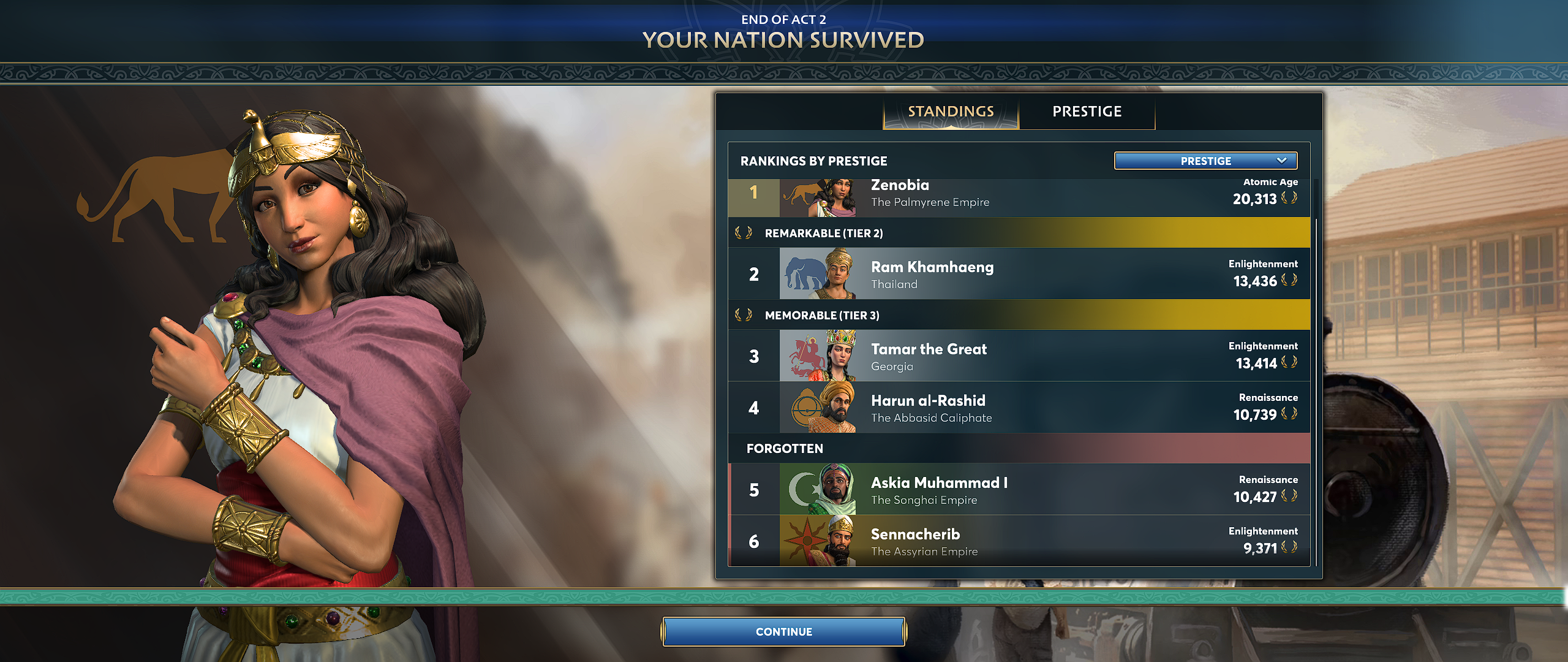- Ara: History Untold first impressions
Ara: History Untold is a turn-based strategy game that I recently described as a “[production] chain management game first and a 4X second.” After finishing a practice game last week, my impressions are:
- At a design level, Ara has potential: I enjoy what it tries to do and it introduces some interesting ideas.
- Its execution needs more work. The game feels several user interface/quality of life and balance patches away from achieving its potential.
As a result, I have slightly mixed feelings:
- On the one hand, I enjoyed myself.
- At the same time, I would wait for a few updates (and probably, a few months) before I play more.
What do you do in the game?
While Ara has the trappings of a 4X game, turn-to-turn the focus is on managing cities & resources, and crafting an ever-wider range of increasingly intricate goods. If, like me, you enjoy playing quartermaster (or royal steward), then you are probably the target audience.
For example, consider food, a staple resource in 4X games:
- A farm on any terrain can produce a small amount of generic food.
- Alternately, a farm on a rice resource will grow rice. Combining the rice with pots from a ceramics workshop will produce a new good, “grain store”, which gives a large amount of food.
- As the player gains access to resources, more goods become available. For instance, salt + fish = salted fish and salt + meat = cured meat.
- Technology unlocks new and better goods. Refrigerators, available in the modern era, provide a large bonus to a city’s available food.

Cities have many needs besides food:
- Supplying cities with drinks, perfume, and festivals increases happiness (and hence production).
- Supplying candles and books increases knowledge (and hence scientific research).
- Supplying medicine increases health (and hence city growth).
- Increasing prosperity provides a bonus to tax income.
- Increasing security provides a bonus to unit strength.
And to round it off, goods and buildings can produce multiple effects, and goods can often be slotted into different buildings.
At Ara’s best, it is satisfying to pull these levers to develop happy, bustling cities.
The interface doesn’t scale as the game progresses
The most common complaint about Ara is its interface, particularly for managing resources and production. Its current city-based UI is adequate in the early game. But as the game progresses, the empire grows, and more goods become important, managing them becomes a hassle.
For example, suppose I want to produce a certain item — be it steel, gourmet meals, refrigerators, or newspapers:
- Where are all the buildings that produce it?
- Where are all the buildings that consume the inputs? I might want to change production in other buildings to free up raw materials.
- Similarly, where are all the buildings that produce the inputs? Again, I might want to increase production upstream so I can throw more resources at the problem.
- Where can I slot items that boost production?
Now multiply this across different cities and goods, and each turn can become time-consuming and fiddly. By the end of my 607-turn game, instead of optimising each city, I was hitting “end turn” so I could reach the victory screen.
Needs a balance pass
Separate to the UI, I would like to see the developers tweak aspects of Ara’s gameplay, such as game rules & variables, that don’t add up to a cohesive, satisfying whole.
To pick one example, the city cap is fine for the early game but too low as the game progresses:
- The default map size is too big for the default number of players.
- New government types increase the city cap, but max out early on.
- Over time, the game will eliminate players at the bottom of the score chart. This frees up land for the survivors to expand… except they can’t, because their city caps are too low.
- And there is no option to expand without falling foul of the cap, such as vassalising cities or other players.
- The net result is that swathes of the map end up uninhabited.

Will I play more?
Maybe, in time. Ara’s core design is interesting and its issues are fixable with patches. I hope the game will receive the attention it deserves.
Discover more from Matchsticks for my Eyes
Subscribe to get the latest posts sent to your email.
1 thought on “Ara: History Untold first impressions”